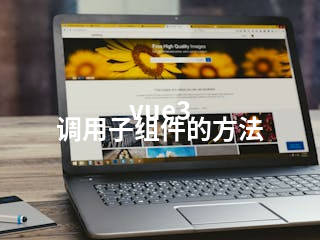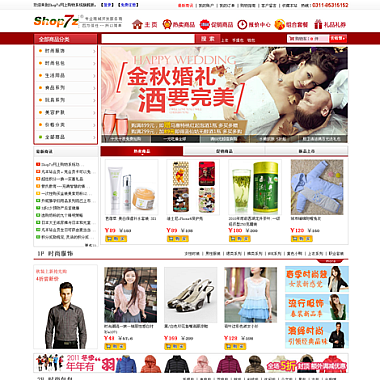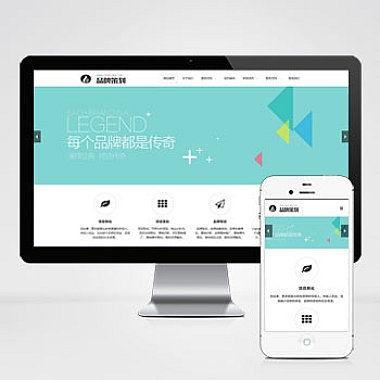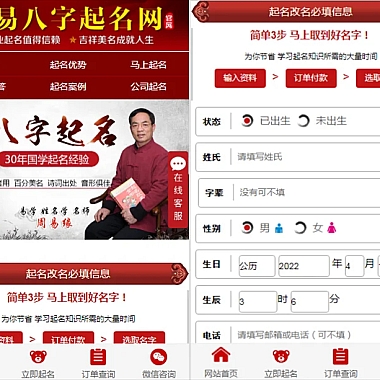vue3 调用子组件的方法
在Vue 3项目中,调用子组件的方法是一个常见的需求。通常有以下几种解决方案:使用ref引用、通过事件传递、或者利用Vuex等状态管理工具。这些方法,并提供具体的代码示例。
1. 使用 ref 引用子组件
这是最直接的方式,适用于父子组件间通信。父组件可以通过ref属性获取子组件实例,进而调用其方法。
vue
<!-- ParentComponent.vue -->
<div>
<button>Call Child Method</button>
</div>
</p>
import { ref } from 'vue'
import ChildComponent from './ChildComponent.vue'
const child = ref(null)
function callChildMethod() {
if (child.value) {
child.value.childMethod()
}
}
<p>vue
<!-- ChildComponent.vue -->
<div>
I'm a child component
</div>
</p>
function childMethod() {
console.log('Child method called')
}
defineExpose({
childMethod
})
<p>
2. 通过自定义事件触发
如果不想直接操作子组件实例,可以考虑让子组件监听父组件发出的事件。
vue
<!-- ParentComponent.vue -->
<div>
<button>Trigger Event</button>
</div>
</p>
import ChildComponent from './ChildComponent.vue'
function triggerEvent() {
// 发出一个事件给子组件
this.$emit('custom-event')
}
<p>vue
<!-- ChildComponent.vue -->
<div>
I'm a child component
</div>
</p>
// 监听来自父组件的事件
defineEmits(['custom-event'])
function onCustomEvent() {
console.log('Received event from parent')
}
// 在 mounted 钩子中监听
onMounted(() => {
const emit = defineEmits()
emit('custom-event', onCustomEvent)
})
<p>
3. 使用 provide / inject
对于多层嵌套或复杂场景,可以考虑使用provide/inject机制。
vue
<!-- ParentComponent.vue -->
<div>
</div>
</p>
import { provide, ref } from 'vue'
const parentState = ref({})
function callMethodInChild() {
// 更新状态或执行逻辑
parentState.value.someAction = true
}
provide('parent', {
callMethodInChild
})
<p>vue
<!-- ChildComponent.vue -->
<div>
I'm a child component
</div>
</p>
import { inject } from 'vue'
const parent = inject('parent')
// 现在可以调用父组件提供的方法了
parent.callMethodInChild()
<p>以上就是几种在Vue 3中调用子组件方法的主要方式。根据具体应用场景选择合适的方法,可以使代码更加简洁和易于维护。
